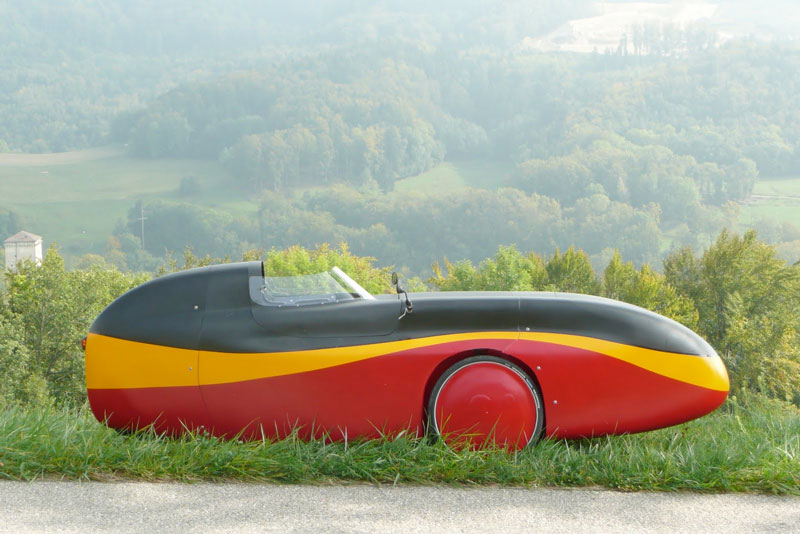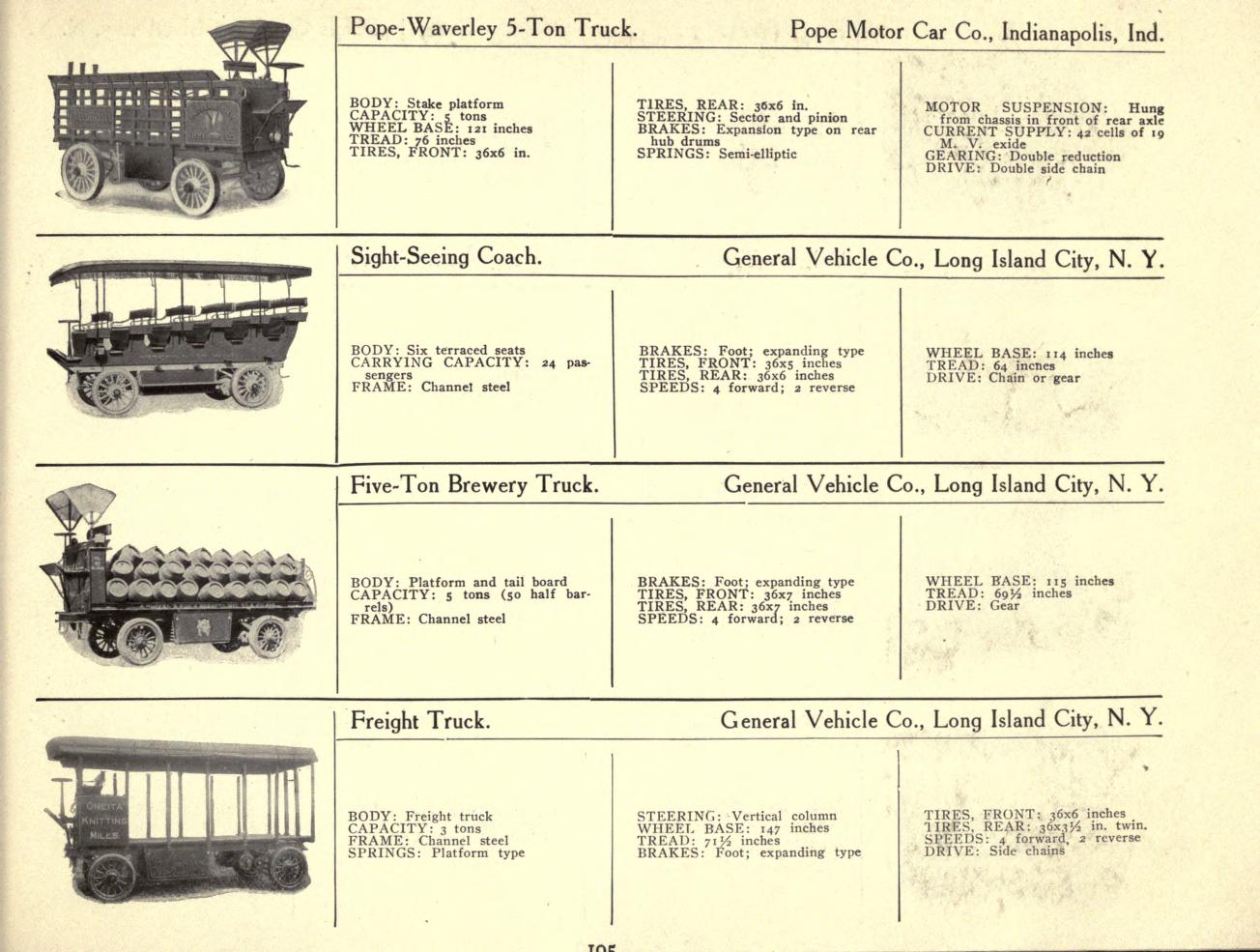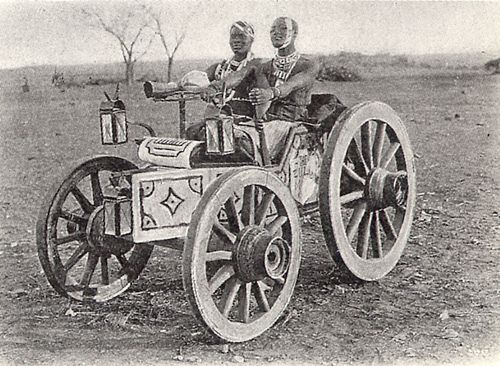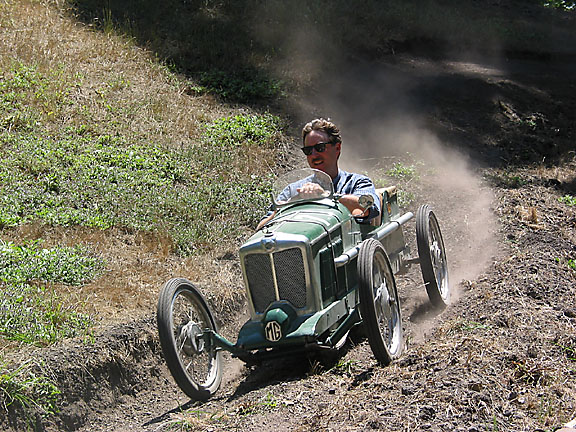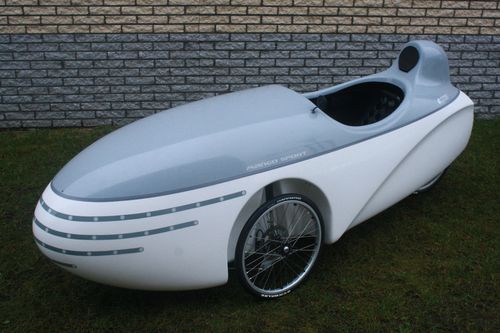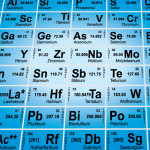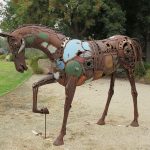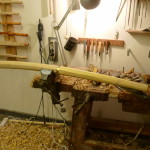Belgian Recumbent Tricycles
Overview of Early Electric Trucks (1907 Catalog)
Why Bicycles are Faster than Cars
“The model American male devotes more than 1,600 hours a year to his car. He sits in it while it goes and while it stands idling. He parks it and searches for it. He earns the money to put down on it and to meet the monthly installments. He works to pay for gasoline, tolls, insurance, taxes, and tickets. He spends four of his sixteen waking hours on the road or gathering his resources for it.”
“The model American puts in 1,600 hours to get 7,500 miles: less than five miles per hour. In countries deprived of a transportation industry, people manage to do the same, walking wherever they want to go, and they allocate only 3 to 8 per cent of their society’s time budget to traffic instead of 28 per cent. What distinguishes the traffic in rich countries from the traffic in poor countries is not more mileage per hour of life-time for the majority, but more hours of compulsory consumption of high doses of energy, packaged and unequally distributed by the transportation industry.”
“Man on a bicycle can go three or four times faster than the pedestrian, but uses five times less energy in the process. He carries one gram of his weight over a kilometer of flat road at an expense of only 0.15 calories. The bicycle is the perfect transducer to match man’s metabolic energy to the impedance of locomotion. Equipped with this tool, man outstrips the efficiency of not only all machines but all other animals as well. The bicycle lifted man’s auto-mobility into a new order, beyond which progress is theoretically not possible.”
“Bicycles are not only thermodynamically efficient, they are also cheap. With his much lower salary, the Chinese acquires his durable bicycle in a fraction of the working hours an American devotes to the purchase of his obsolescent car. The cost of public utilities needed to facilitate bicycle traffic versus the price of an infrastructure tailored to high speeds is proportionately even less than the price differential of the vehicles used in the two systems.”
Quoted form “Energy and Equity“, Ivan Illich, 1978. The image was found on the website Old Woodies. Previously: Cars, out of the way. More bicycle posts.
Airplanes & Volcanoes
Stop searching. They don’t exist anymore.
DIY Replicas of 1930s Race Cars
CycleKarts are small, lightweight, nimble machines made by their drivers for the pursuit of motoring sport. They’re not serious speed-machines or status-generating show cars. They’re purely for the gritty fun and satisfaction of tearing around in a machine you’ve built yourself. Their name originated from the use of bicycle or motorcycle tyres. More.
Related: How to make an adult soapbox kart.
High-tech Bike or Low-tech Car? The Sinner Mango Sport
The Mango Sport is a new recumbent tricycle by Dutch manufacturer Sinner. The emphasis is on light weight (27.5 kg) and high performance. As is the case with other velomobiles sold by Sinner, the 20 gear drive-chain remains entirely enclosed for low maintenance, all three wheels have suspension, and the luggage capacity is generous (70 litres). It has built in front and rear lights. A weather-proof top is available. All this comes with a price tag of 5,950 euros, including sales tax.
Detailed specifications / More pictures / More Sinner bikes.
